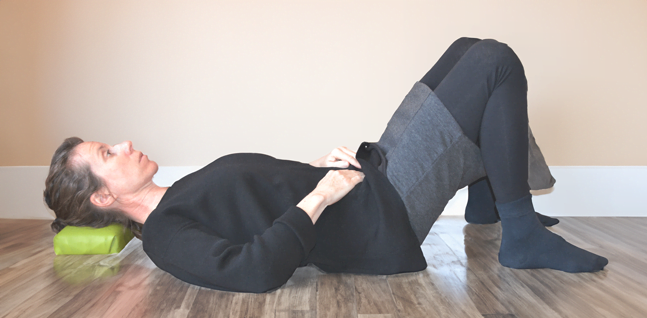
Backsaver | use a Backsaver cushion for a comfortable semi-supine
Backsaver | use a Backsaver cushion for a comfortable semi-supine
The semi-supine is a procedure that is recommended by Alexander Technique teachers around the world. It involves lying on a firm surface, having the knees drawn up and placing your head on books. That is unless you have a Backsaver!
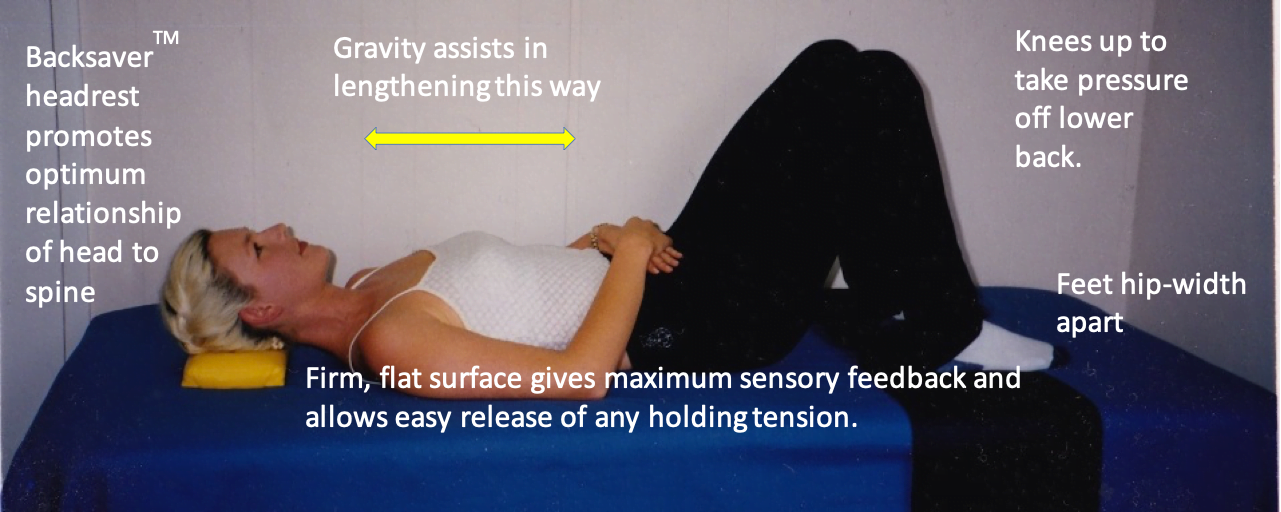
Use Backsaver with your Semi-Supine
When talking about Alexander Technique & lower back pain, we talk about the significant management that is available. The semi-supine position, taught by most Alexander Technique teachers, helps you to manage by teaching you strategies to self-regulate the conditions occurring at your lower back.
These strategies include increasing somatic awareness, understanding the underlying structure and its correct movement and being able to elicit release of inappropriate muscle tension.
Use Backsaver regularly
You can use this fabulous cushion to assist your Alexander Technique semi-supine process. The cushion promotes an optimum relationship of your head to your spine when you carry out the semi-supine procedure. Apply Alexander awareness for even more benefit.
“I have been using the Backsaver for about a week now and I already feel a massive improvement in my lower back. I feel more aligned and way less pain. So Happy!”
Your cushion is made from premium materials by Jane & Michael Shellshear. We’ve been using them with our students for over twenty years now with great feedback and results.
The cushion is covered in a very high quality vinyl. It feels like leather but is totally animal friendly. It can be easily cleaned with a damp cloth and keeps its shape and pliability for years.
The strong colours that we use help you to remember to do your semi-supine. Semi-supine is a core procedure to do if you have back pain.
“When I did my 15 minutes today I was so relaxed…can you dream while you’re awake? Because I did. No pain lying down any more. I am noticing my posture more too…” Mandy Snow
Semi supine takes pressure of your spine and allows back muscles to soften and release. It’s a great opportunity to practice your Alexander body awareness. there are many benefits for doing this.
You can only buy Backsaver here
Buy your Backsaver here. This is the only place where you can purchase it. The price is very reasonable. You get the Backsaver, instructions for use and other offers and deals that are only available to Backsaver purchasers. Order today and we will send your Backsaver to you via Australia Post to anywhere within Australia.
More blog posts on Alexander Technique
-

Alexander Technique and Posture
Achieve Better Posture with the Alexander Technique Who wouldn't like great posture? After all posture reflects who we are, our mood, our...
-

Backsaver | use a Backsaver cushion for a comfortable semi-supine
The semi-supine is a procedure that is recommended by Alexander Technique teachers around the world. It involves lying on a firm surface, having the...
-

Chronic Pain-using Alexander Technique to manage pain conditions
Alexander Technique for chronic pain The Alexander Technique is an educational method, not a health-care intervention. Alexander teachers do not...
-

Best self-improvement-Constructive Conscious Control of the Individual
The best self-improvement for your well-being is Constructive Conscious Control In the realm of self-improvement and personal growth, one concept...
-

Alexander Technique and breathing
The Alexander Technique presents a holistic approach for improving posture, movement, and overall well-being. Developed by F.M. Alexander in the...
-

Manage your herniated disc
It’s called a “slipped disc”, a ‘bulging disc” or a “herniated disc”. It means pretty much the same...
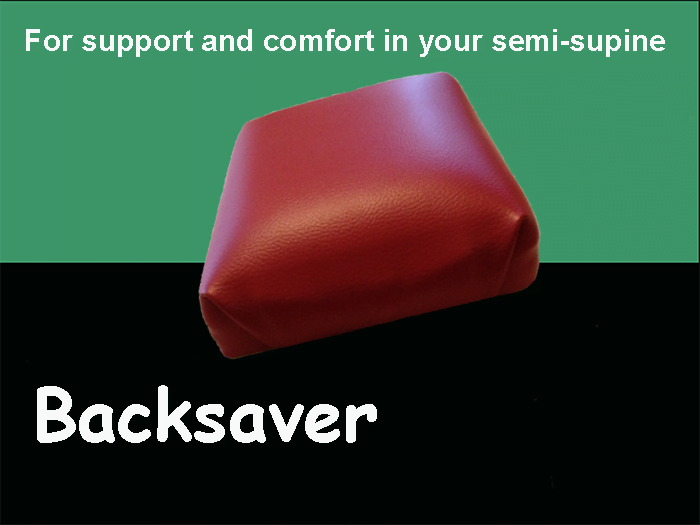
Click the link below to purchase your Backsaver. Enjoy the remarkable benefits of regular semi supine. Just $45.00 + postage
Buy your Backsaver here
Click on this button to make your Backsaver order. Secure Server.
-

Does Alexander Technique help back pain?
Chronic back pain can be effectively managed by employing Alexander Technique skills. Pain sufferers not only experienced reduction in pain days but...
-

Is Alexander Technique Quackery?
Is Alexander Technique Quackery?If you are developing an interest in Alexander Technique, it's good to gather information and understand what it is...
-

Alexander Technique and scoliosis
Alexander Technique is an invaluable tool for anyone who suffers from scoliosis. Conventional treatment involves the sufferer wearing a brace....
-

Alexander Technique for Back Pain.
If you have pains in your back, legs arms and neck that won’t go away, you are not alone. Over 4 million people in Australia or (16% of the...
-

The Alexander Approach
The Alexander approach to human functioning. The Alexander approach to teaching provides you with the opportunity for making choice within your...
-

What is the Alexander Technique semi-supine position?
This person is doing an Alexander Technique procedure called the 'semi-supine'. Some people call this the 'Rescue Position'. It's called the Rescue...
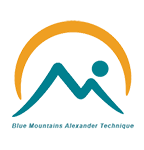
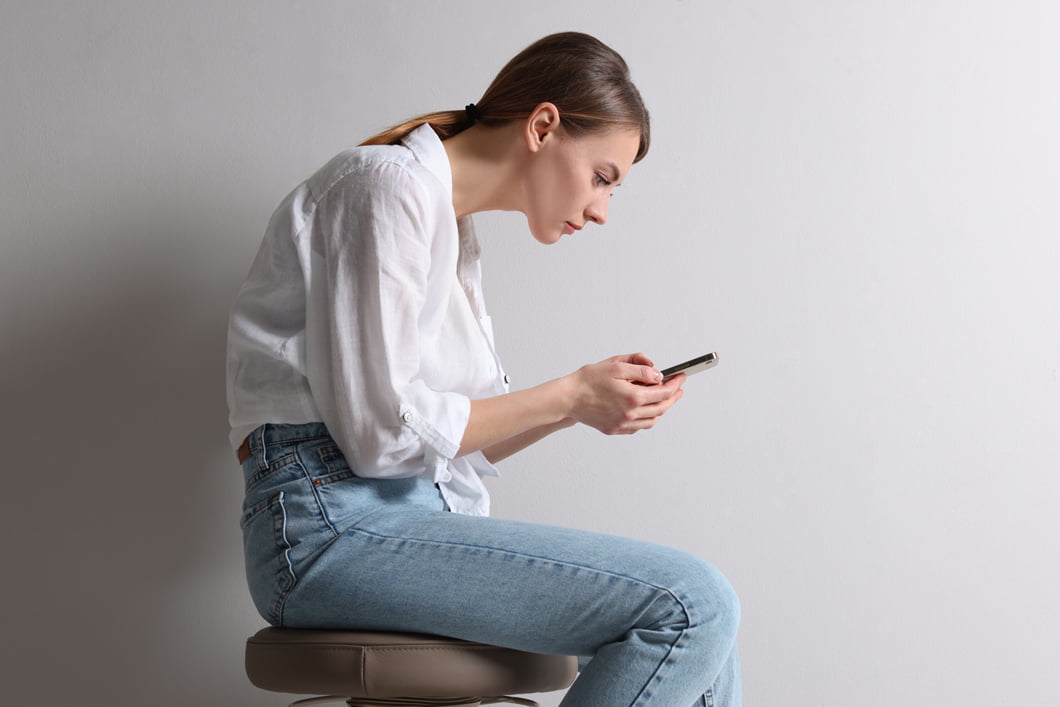

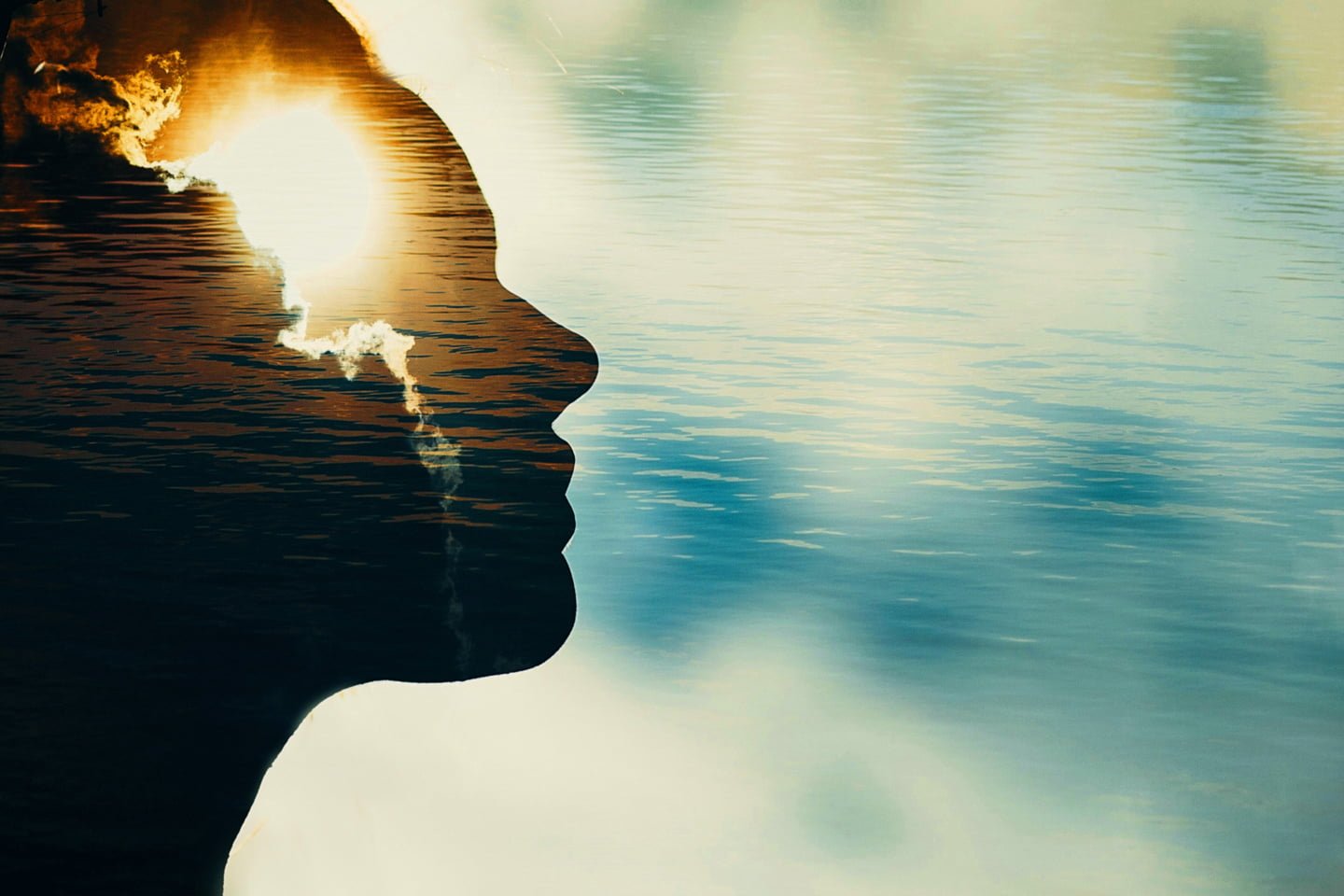


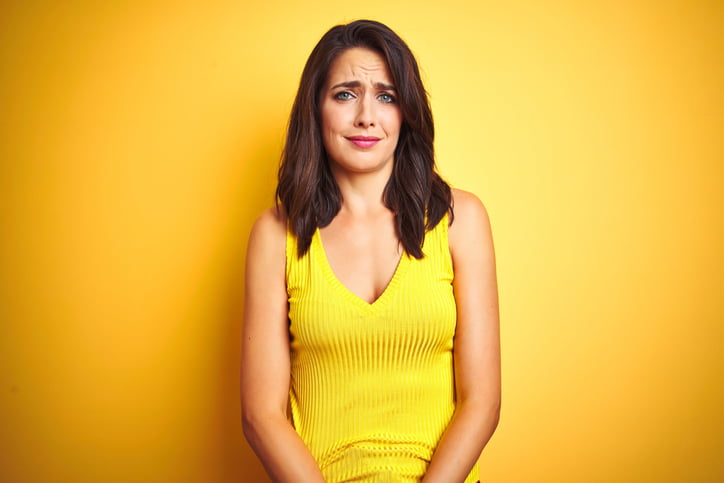
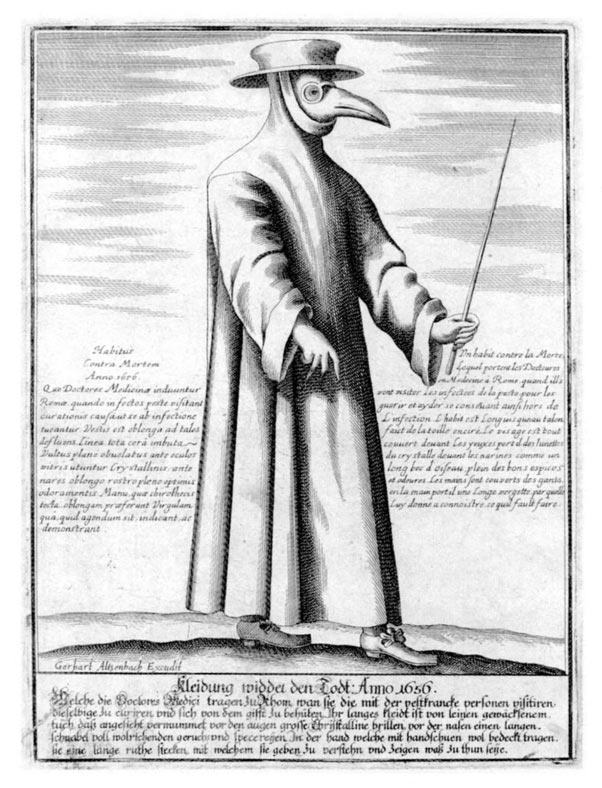
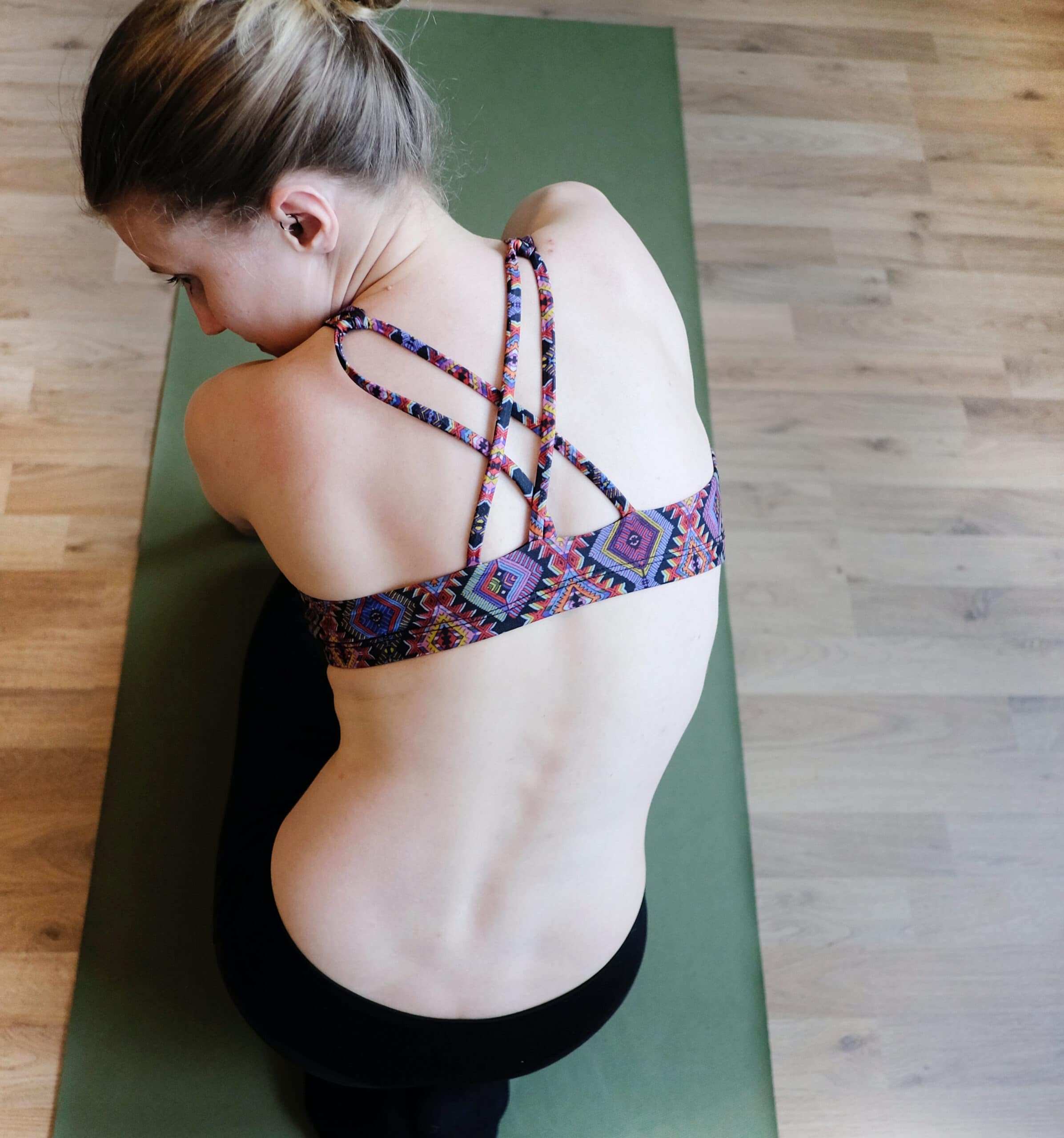
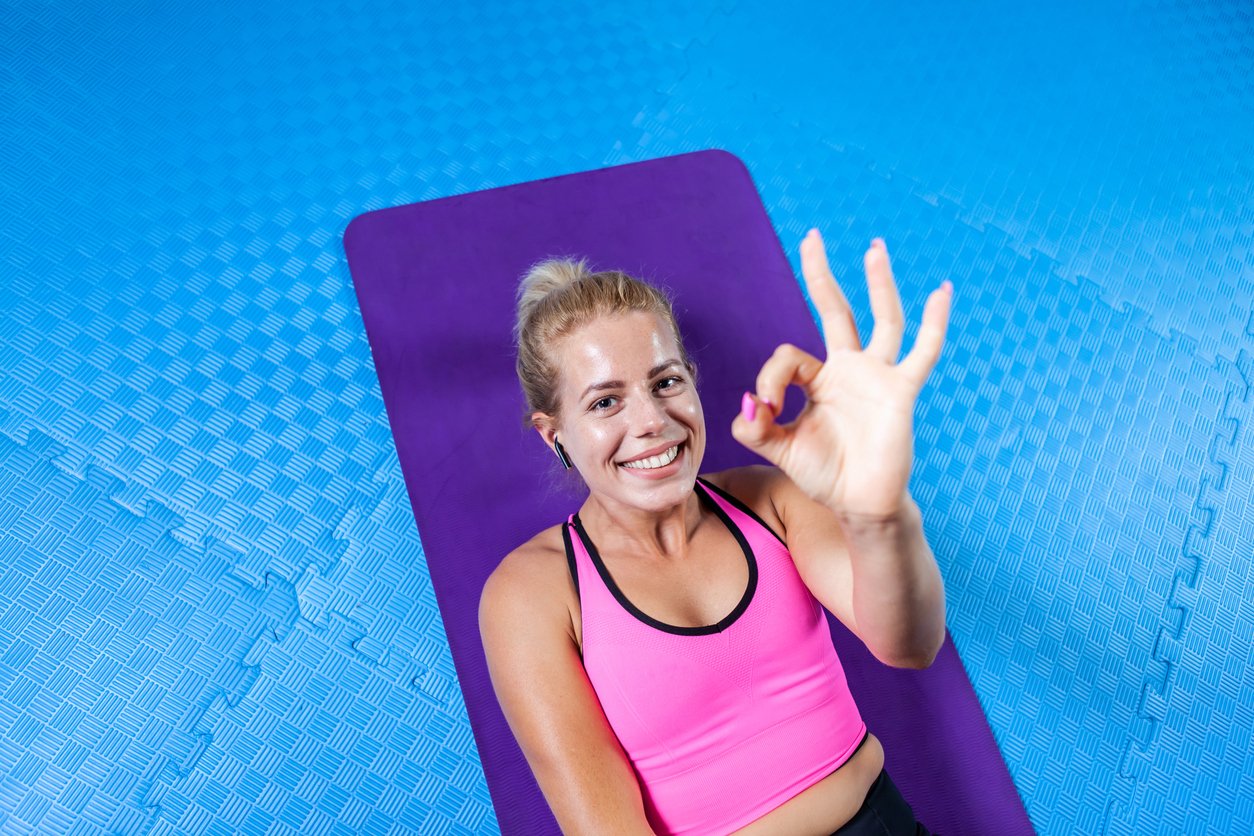
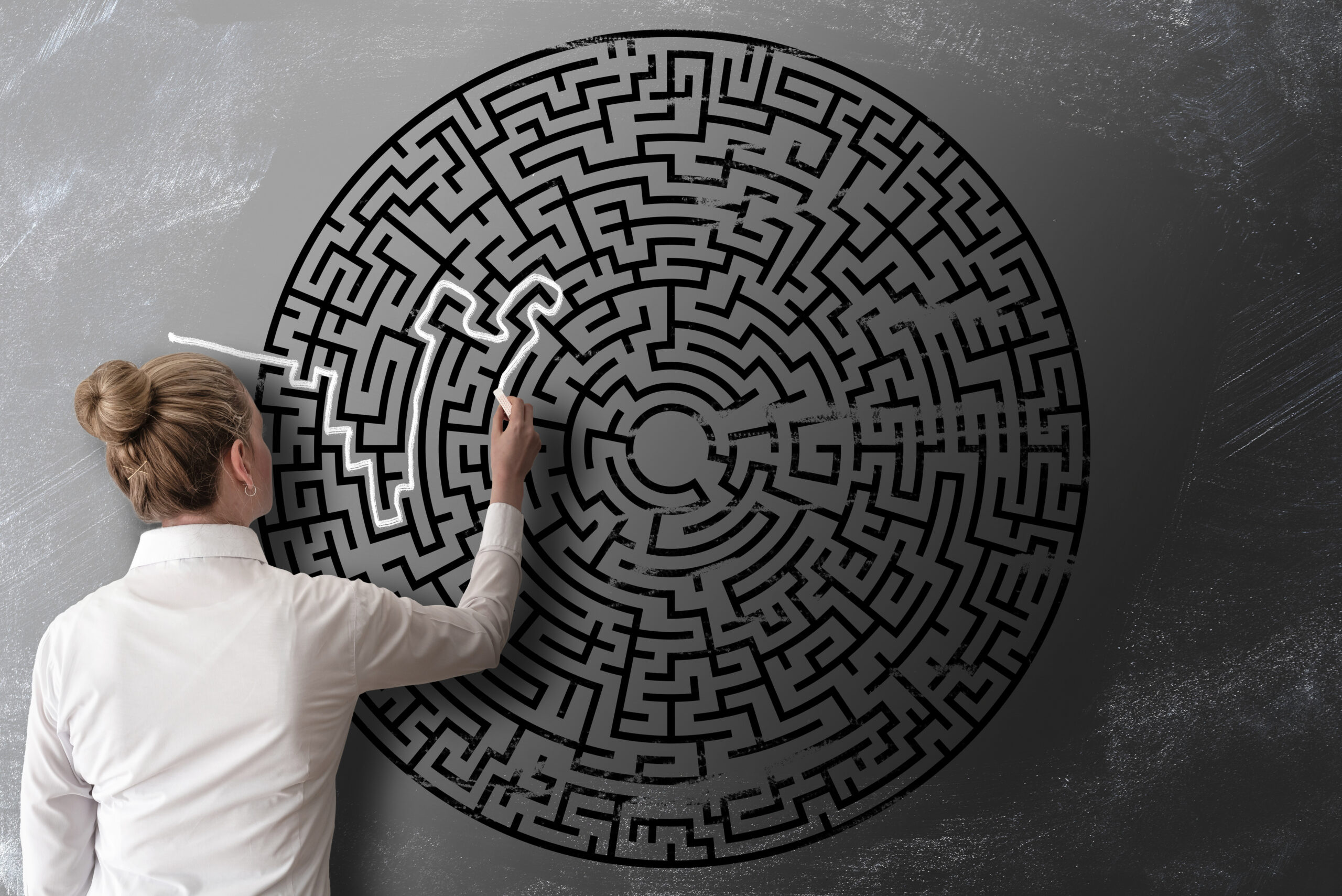
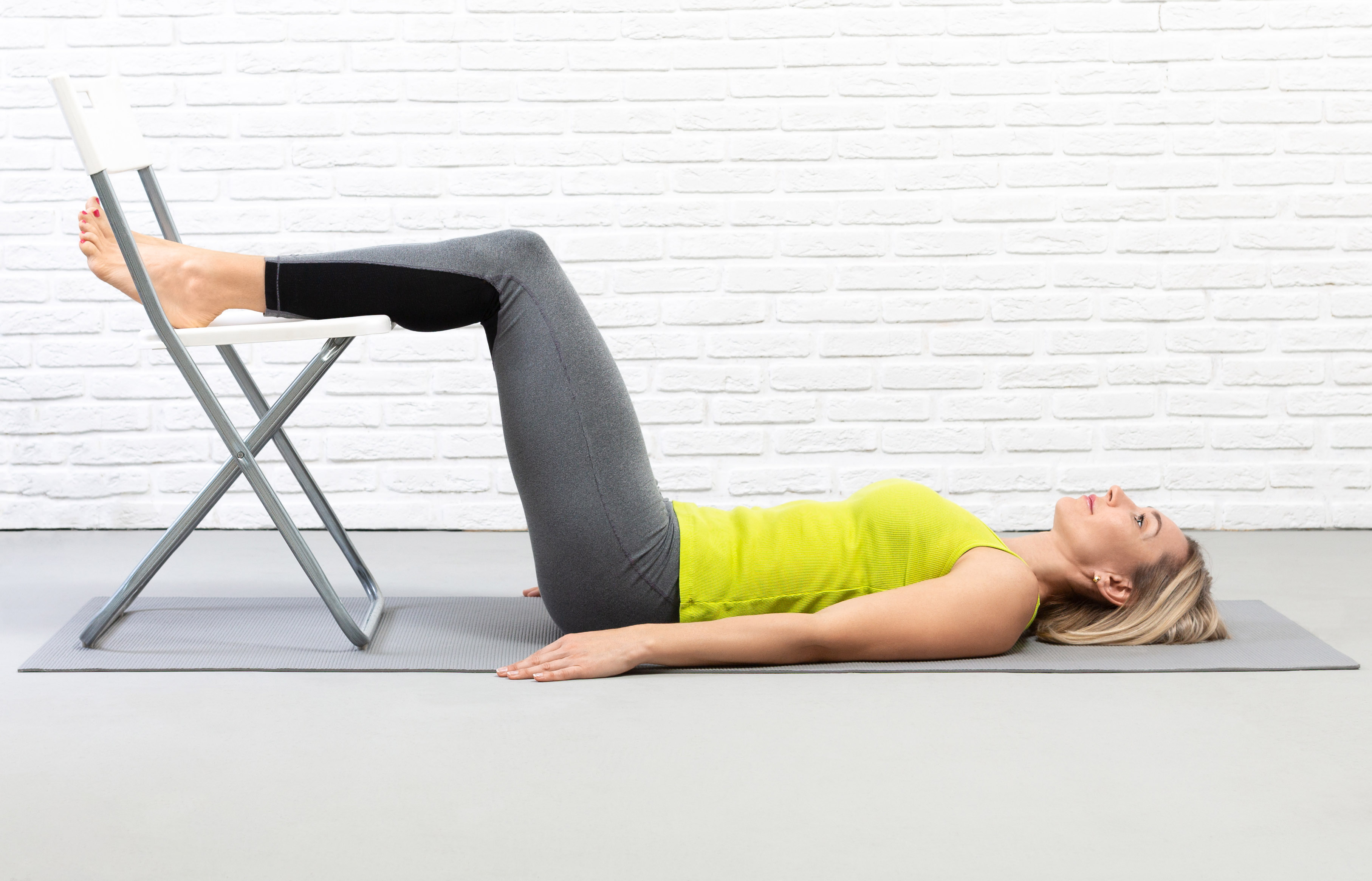




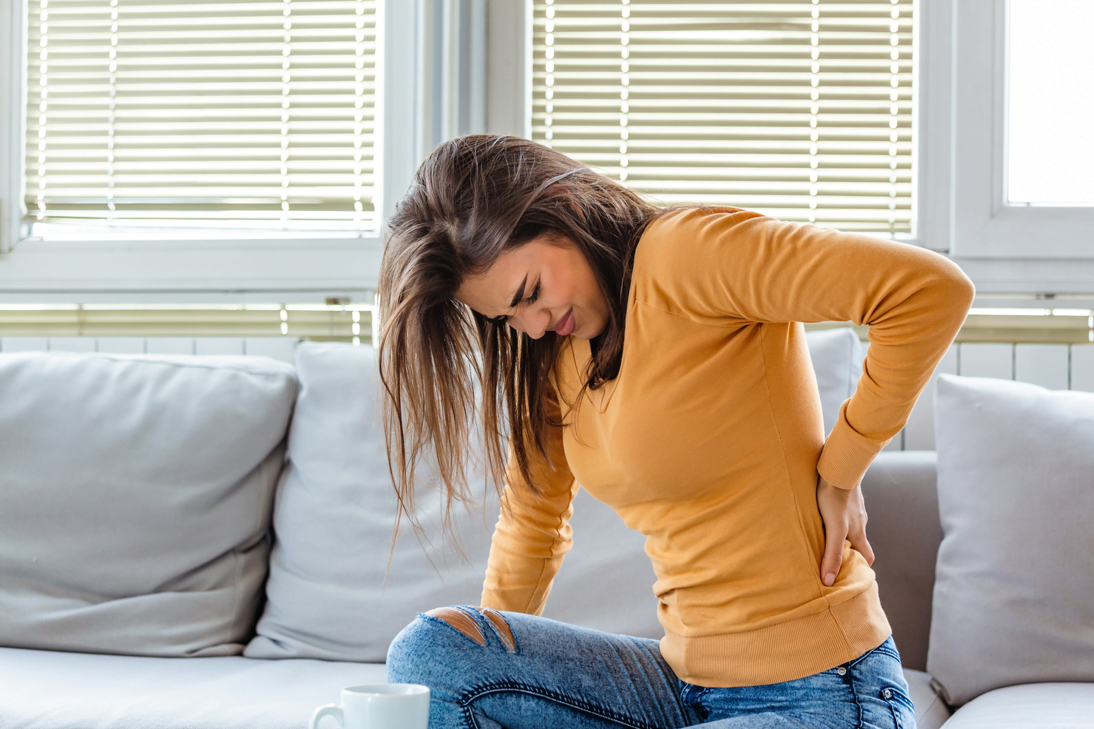

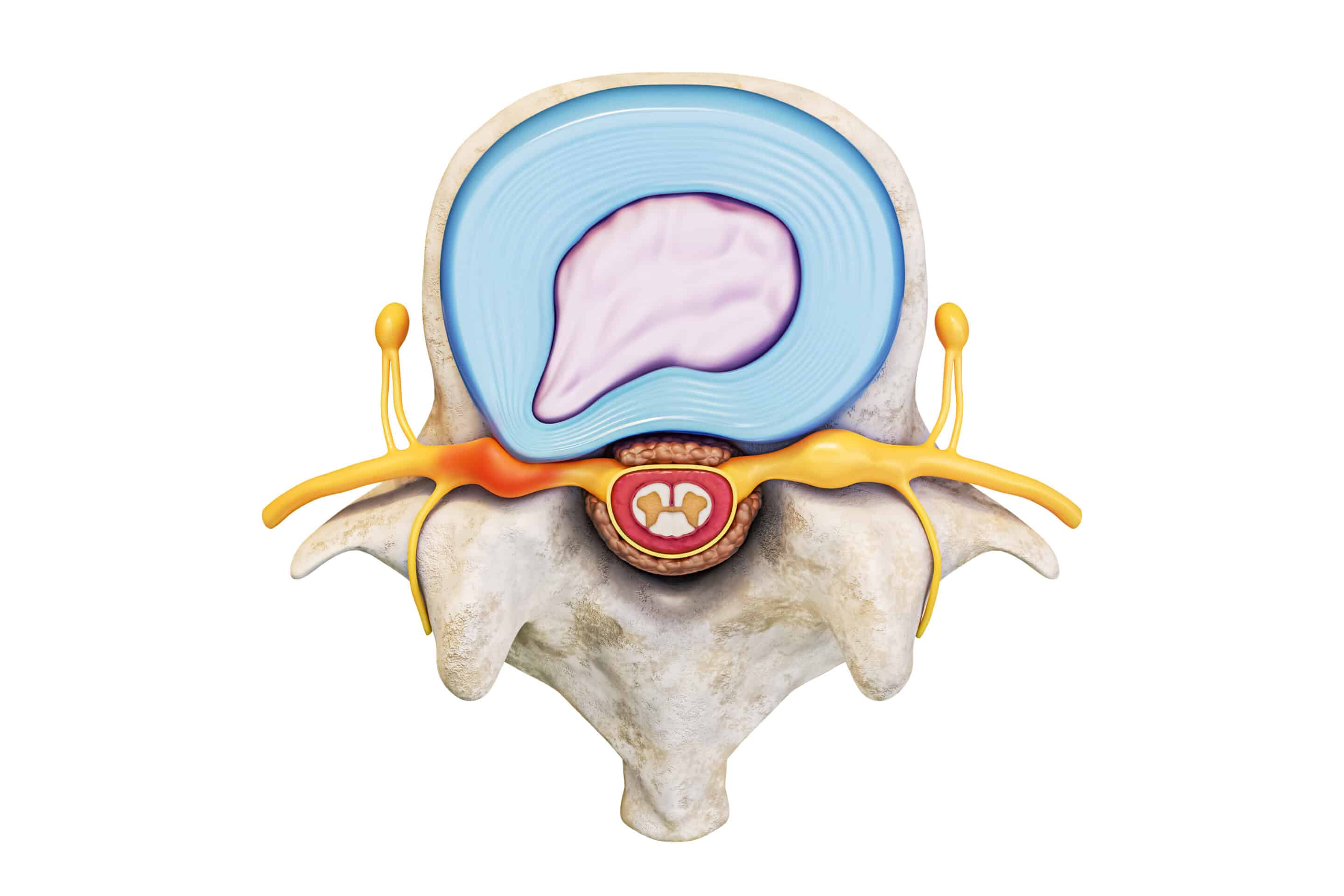

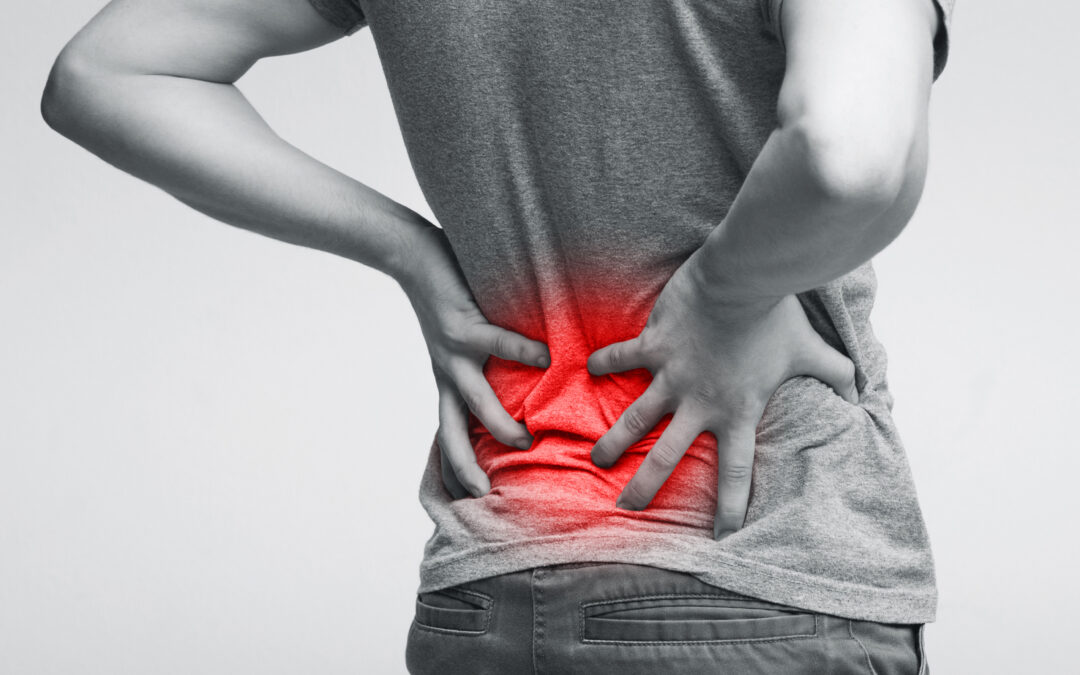
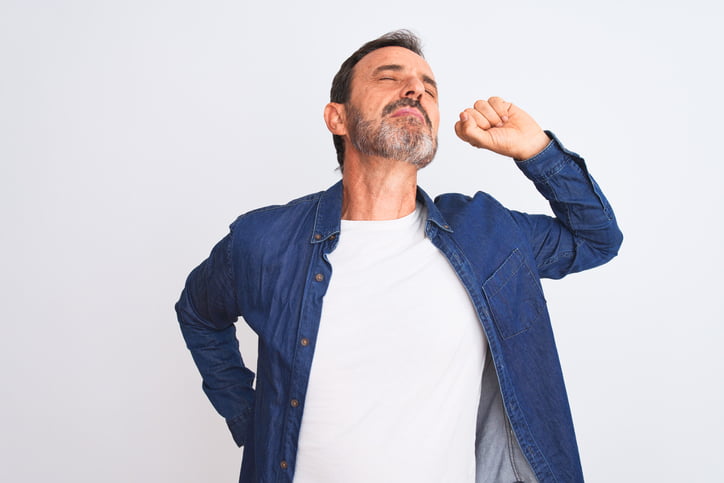



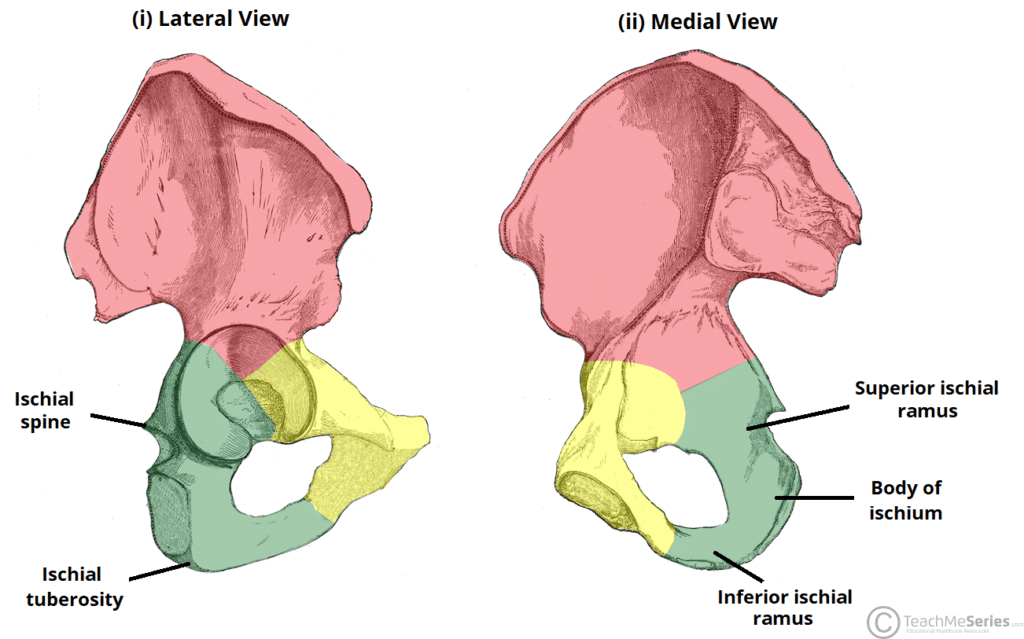

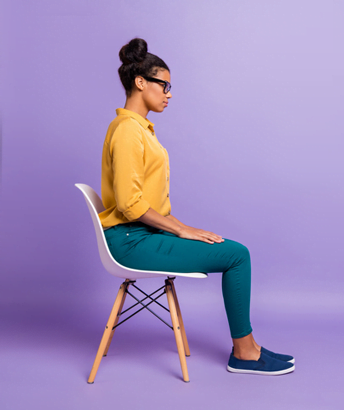
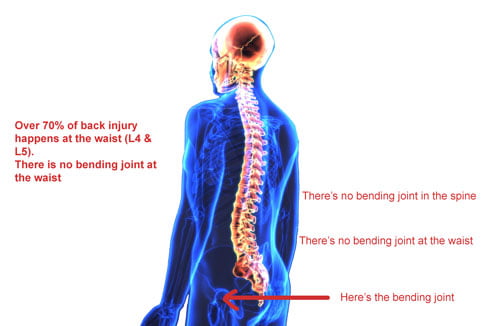

Recent Comments